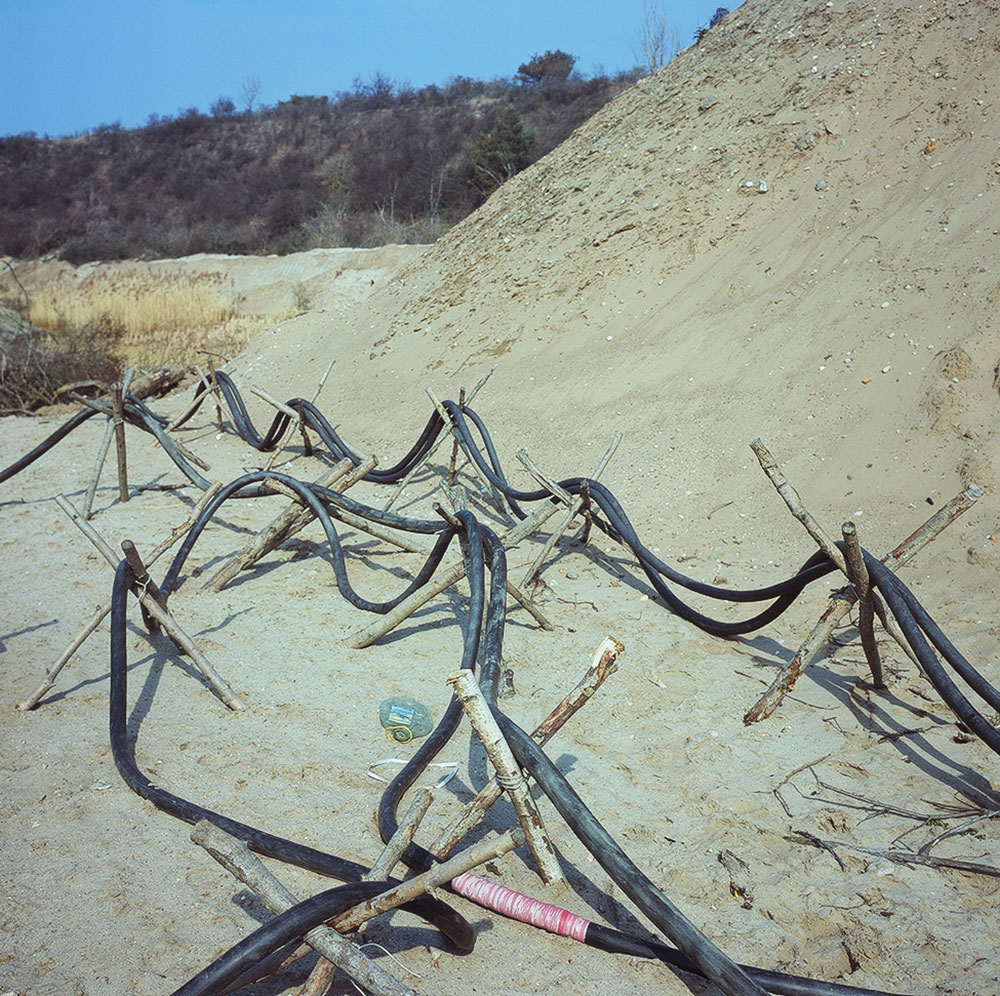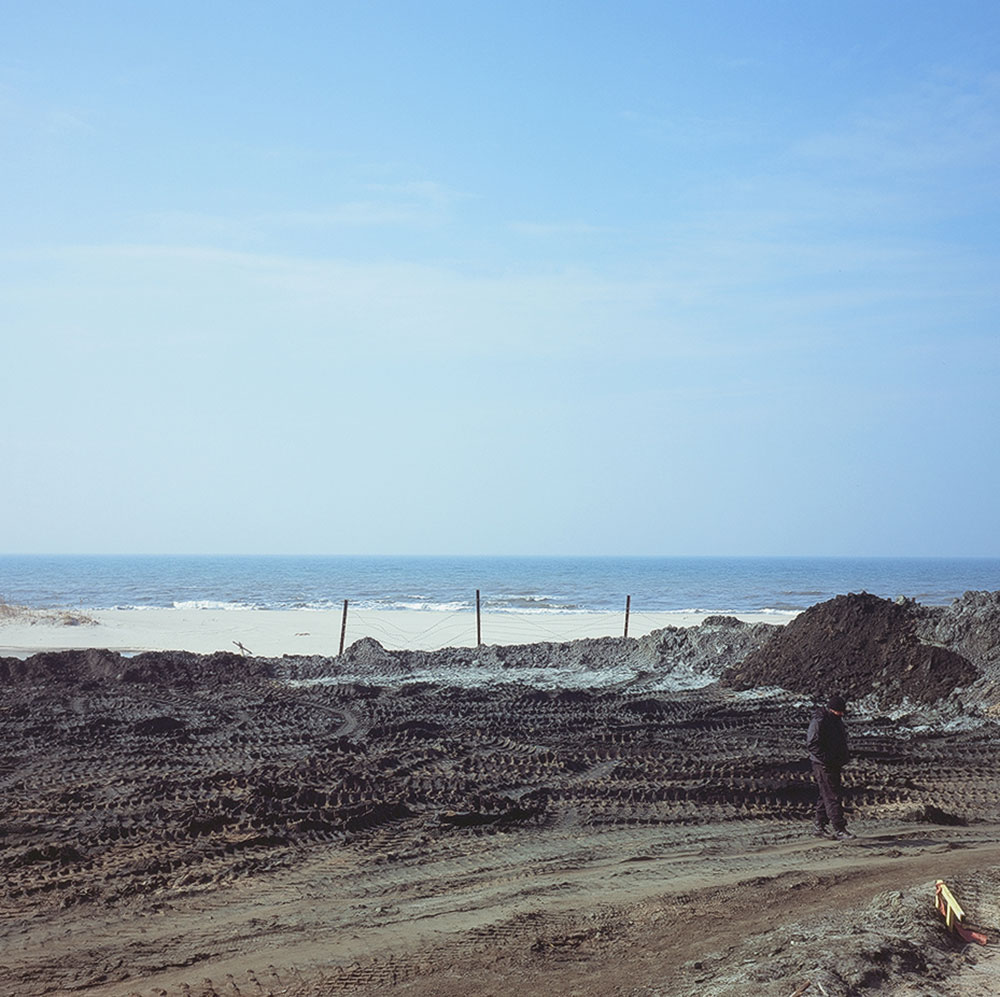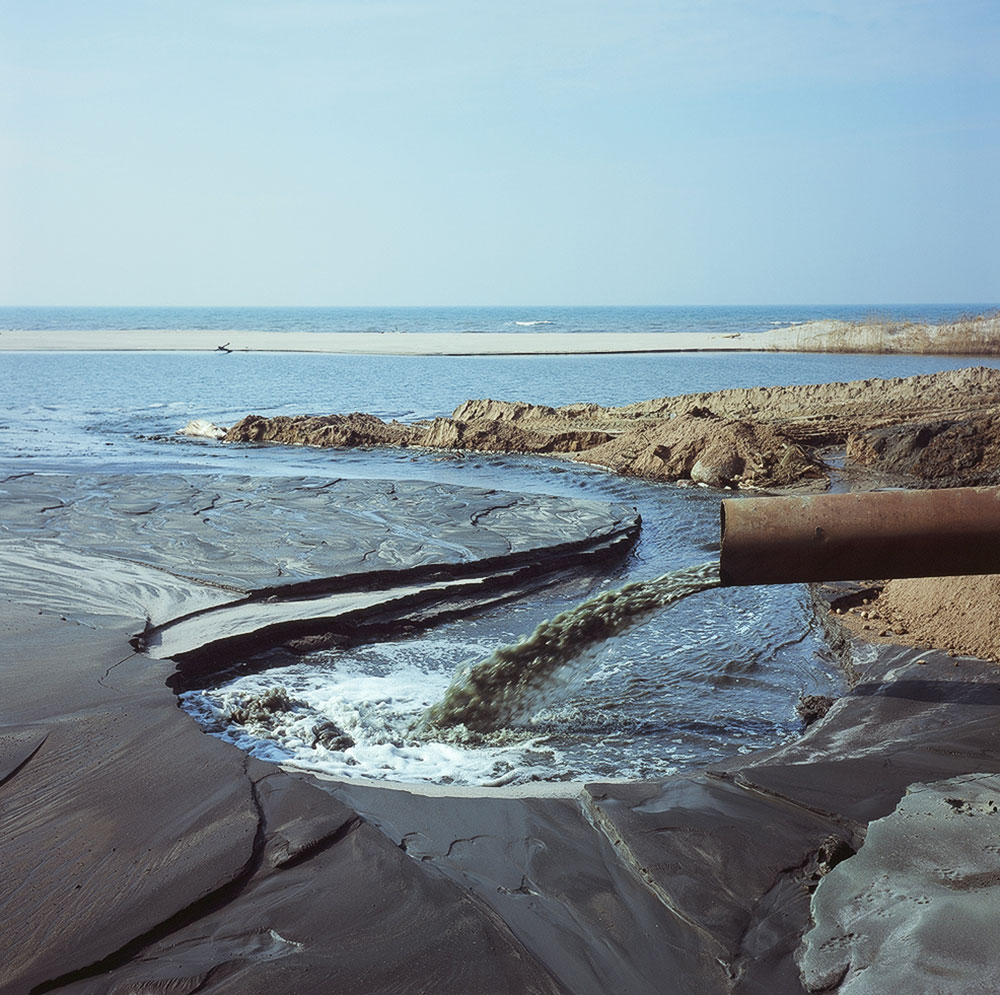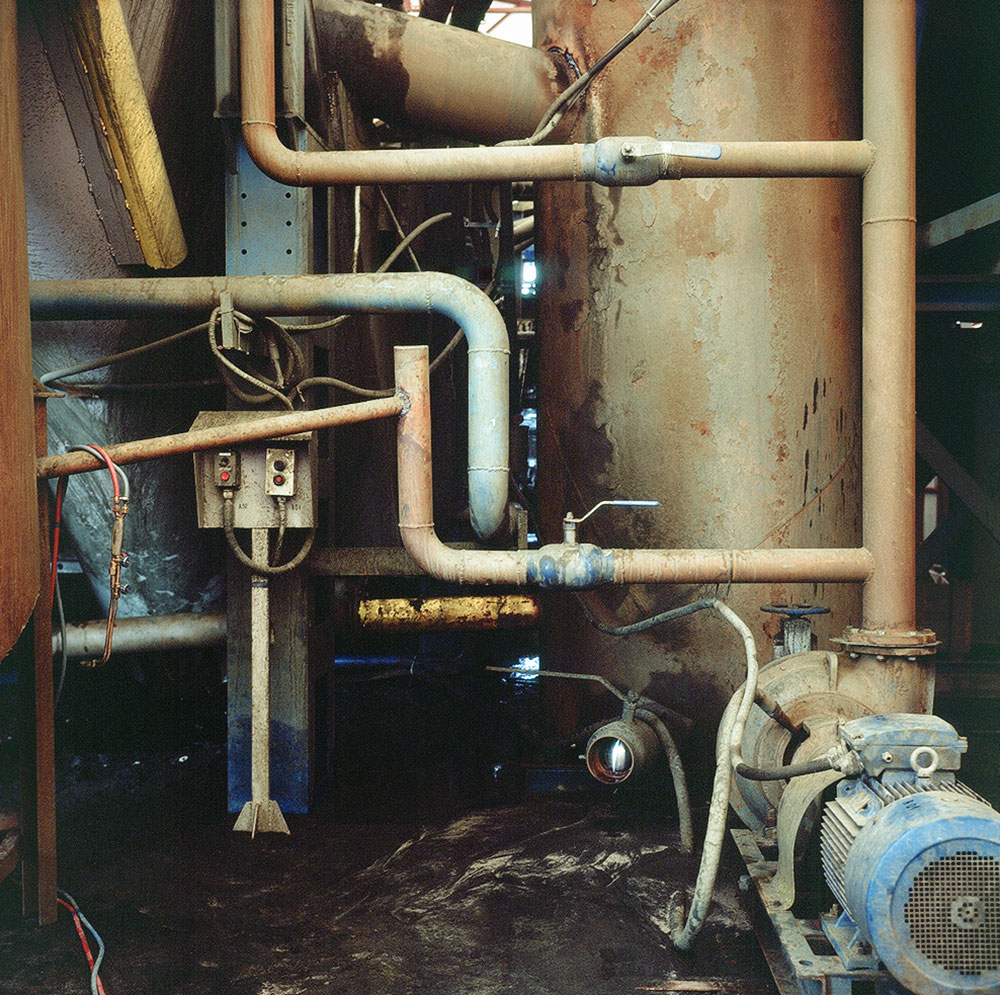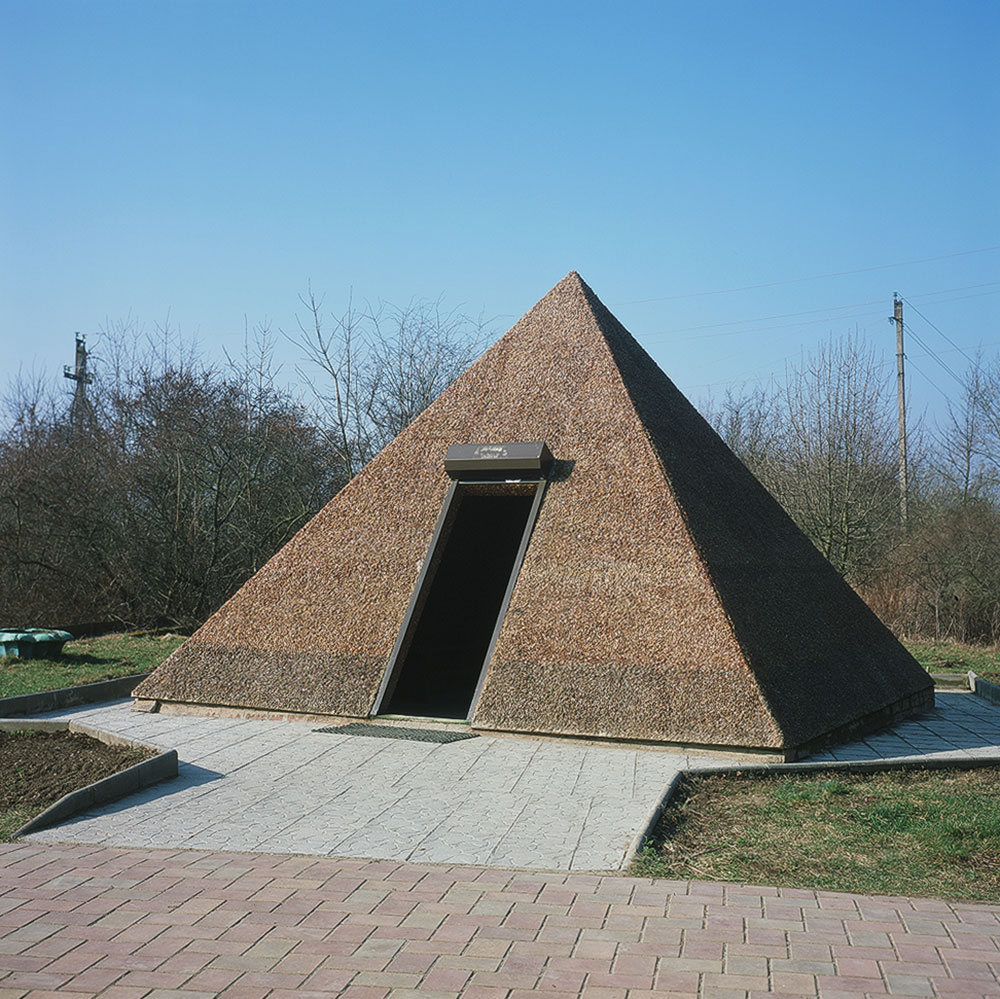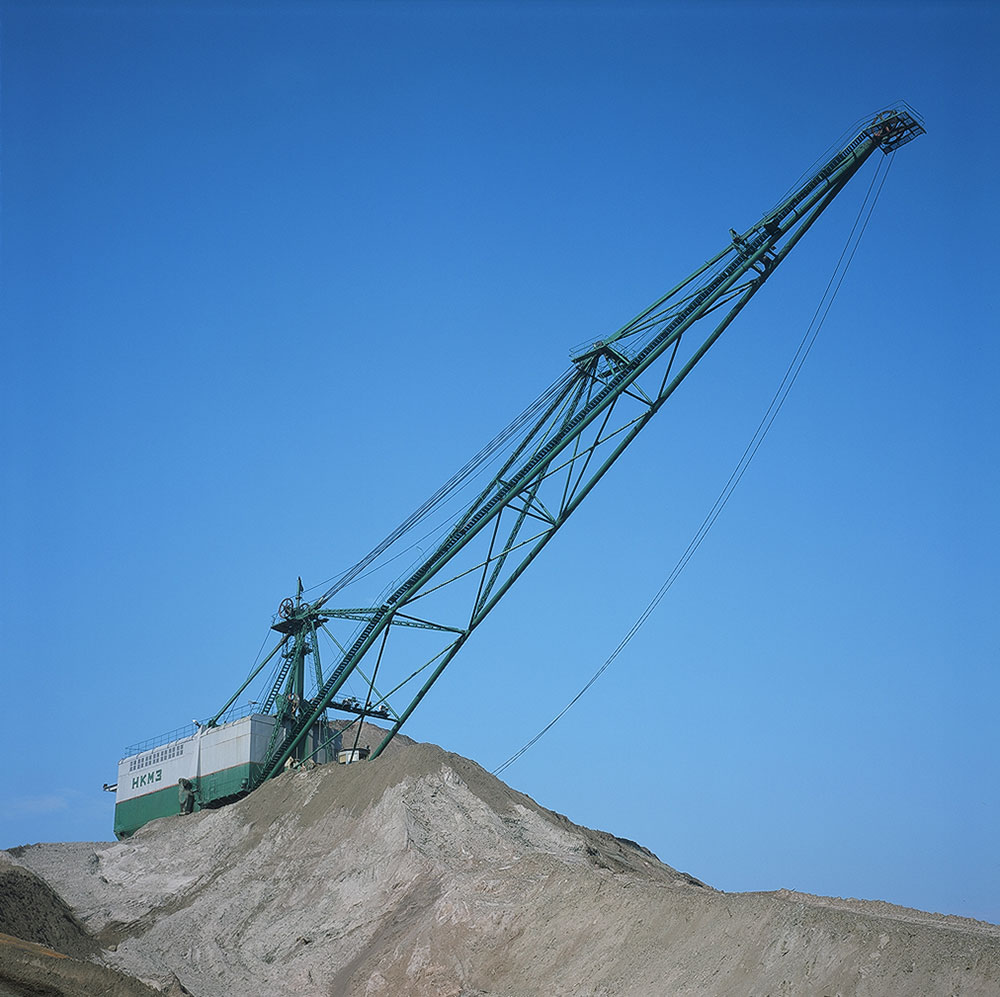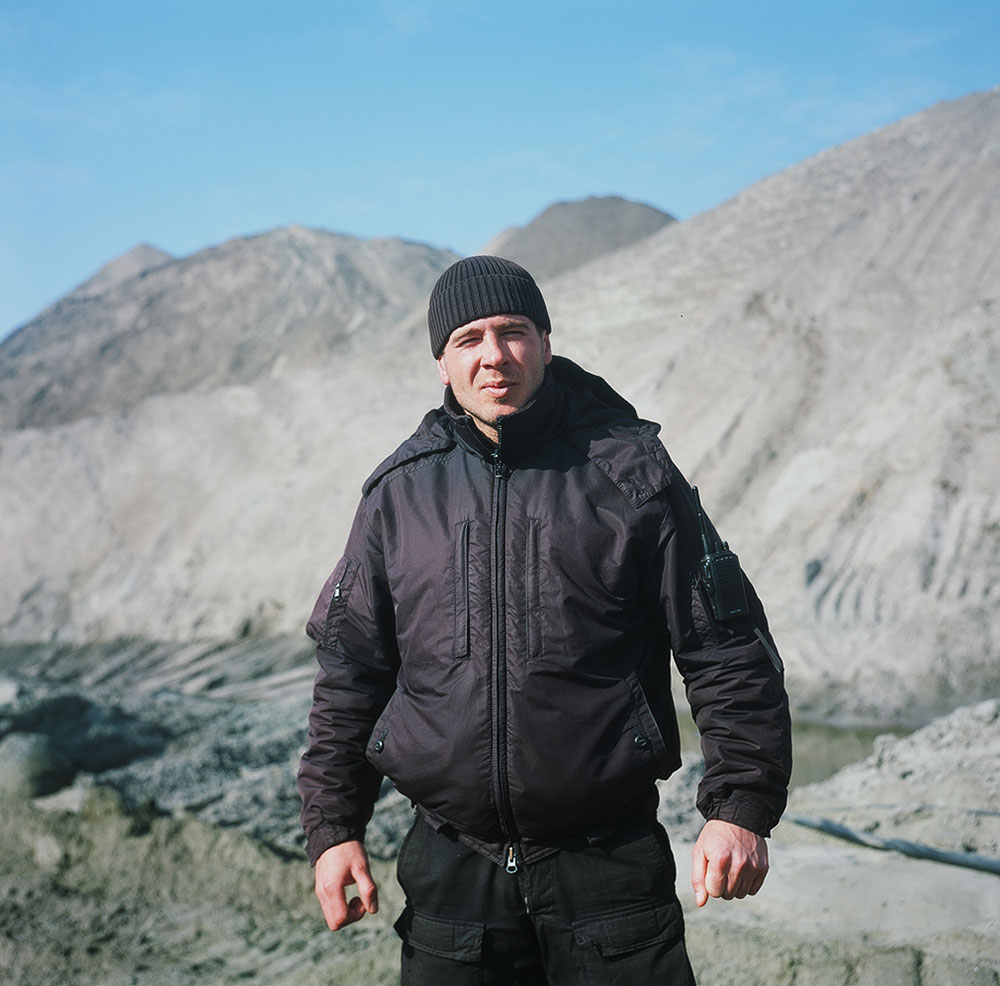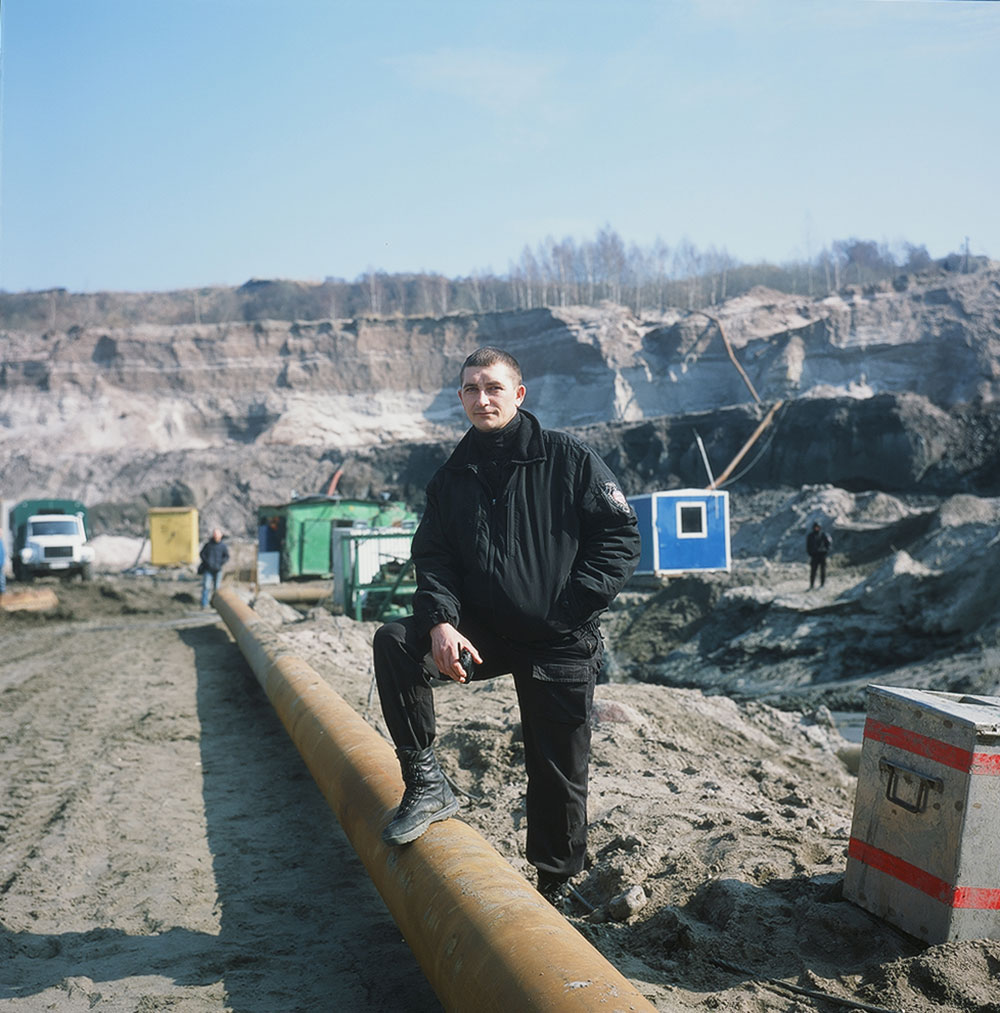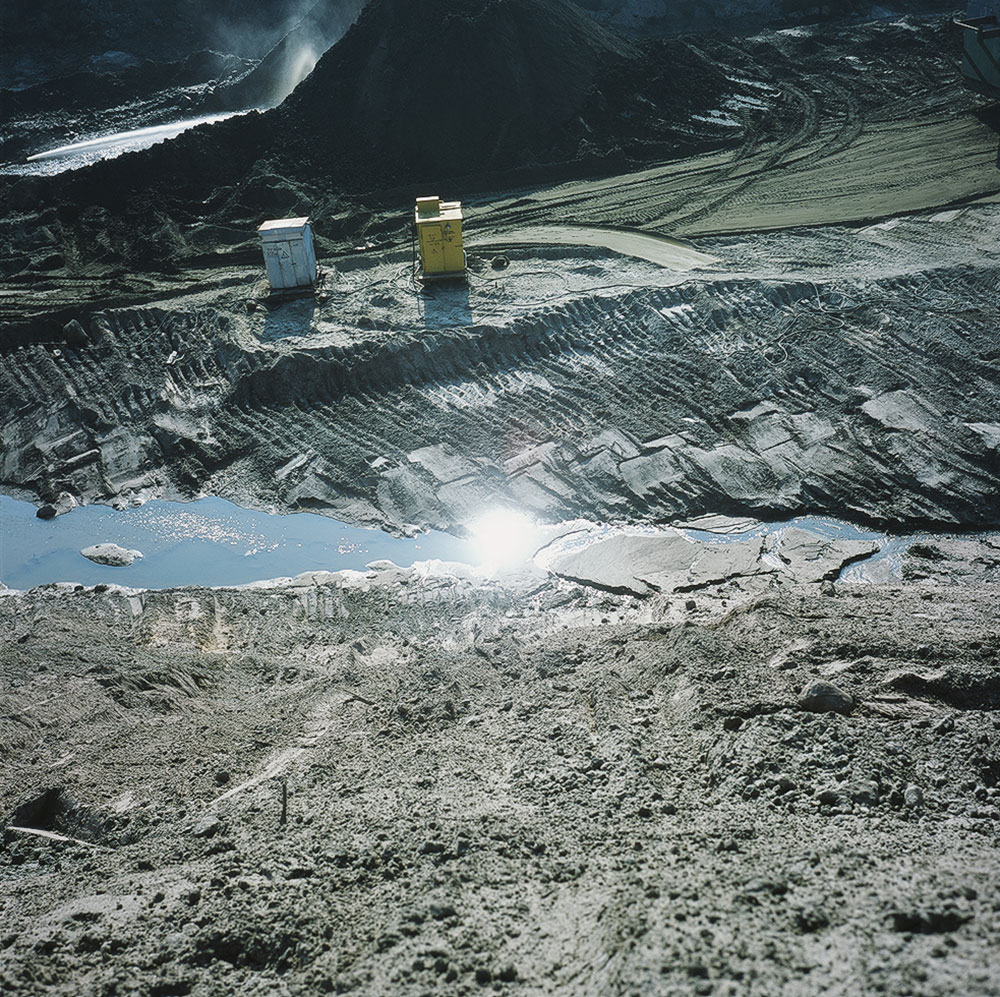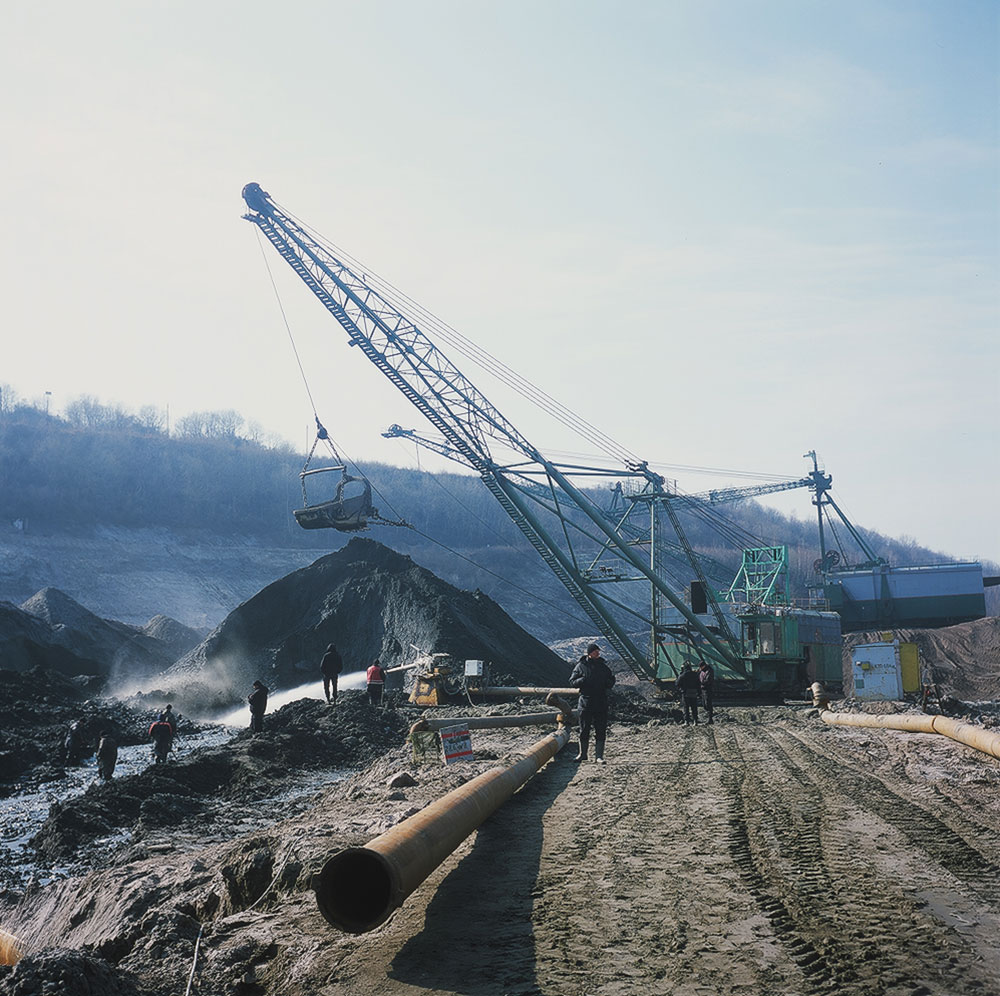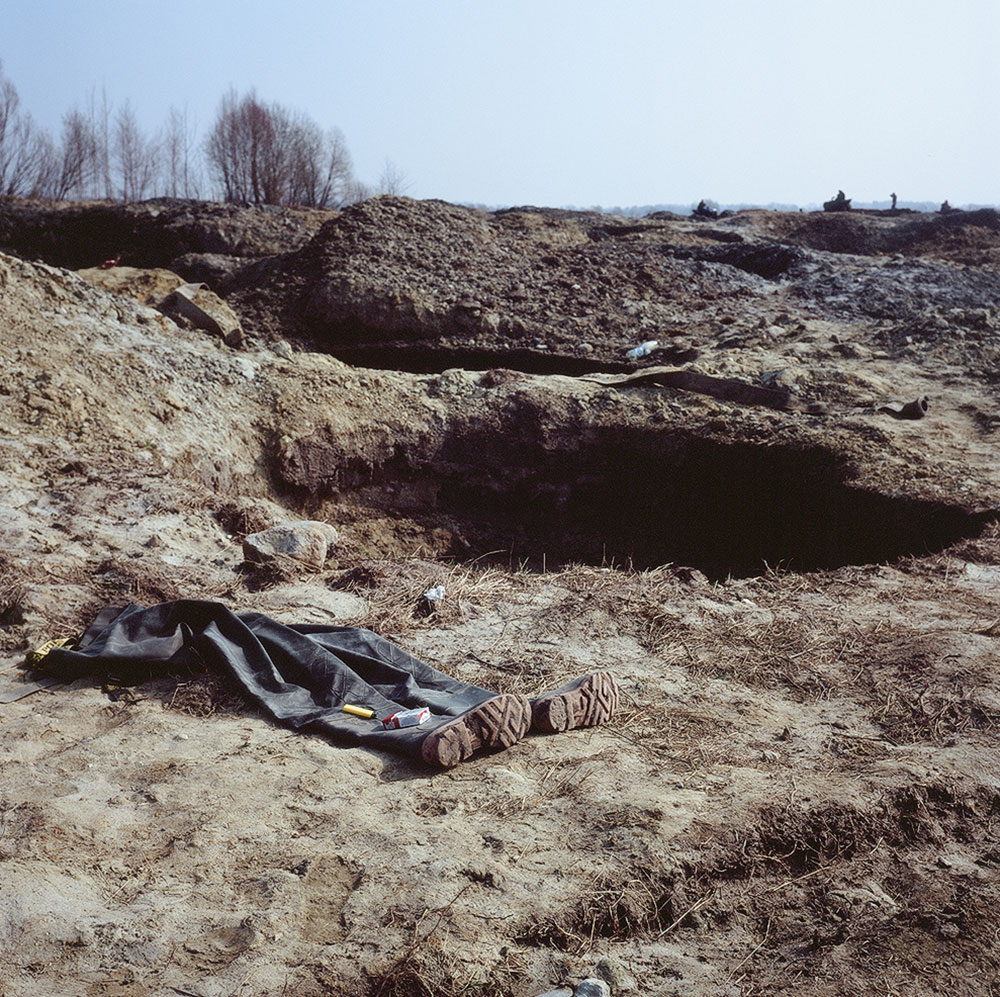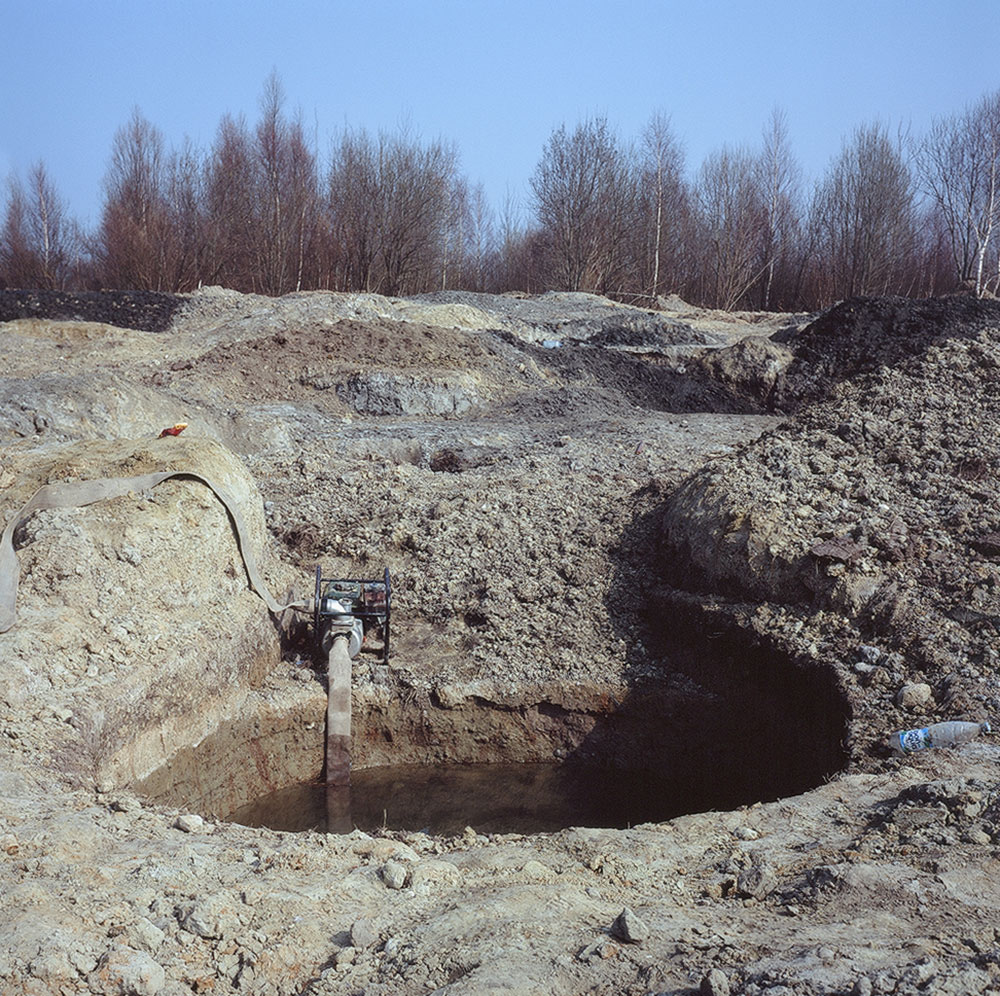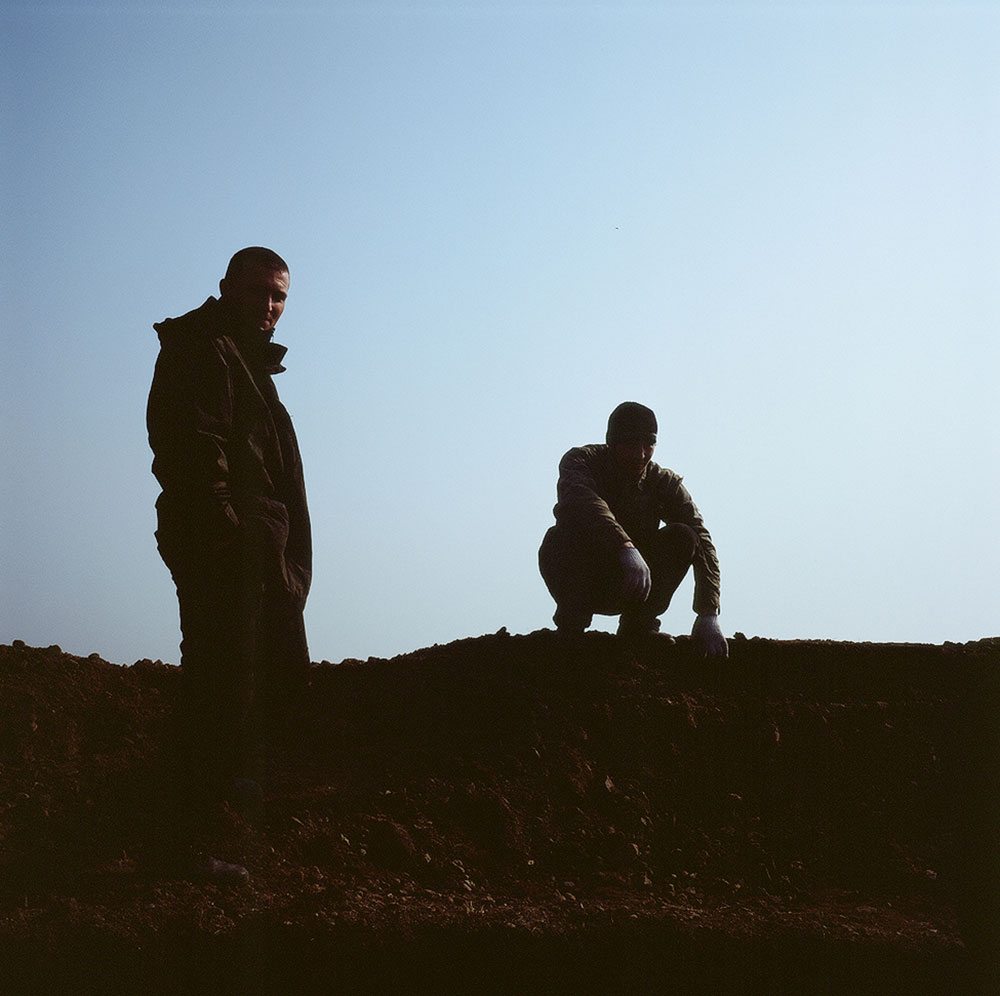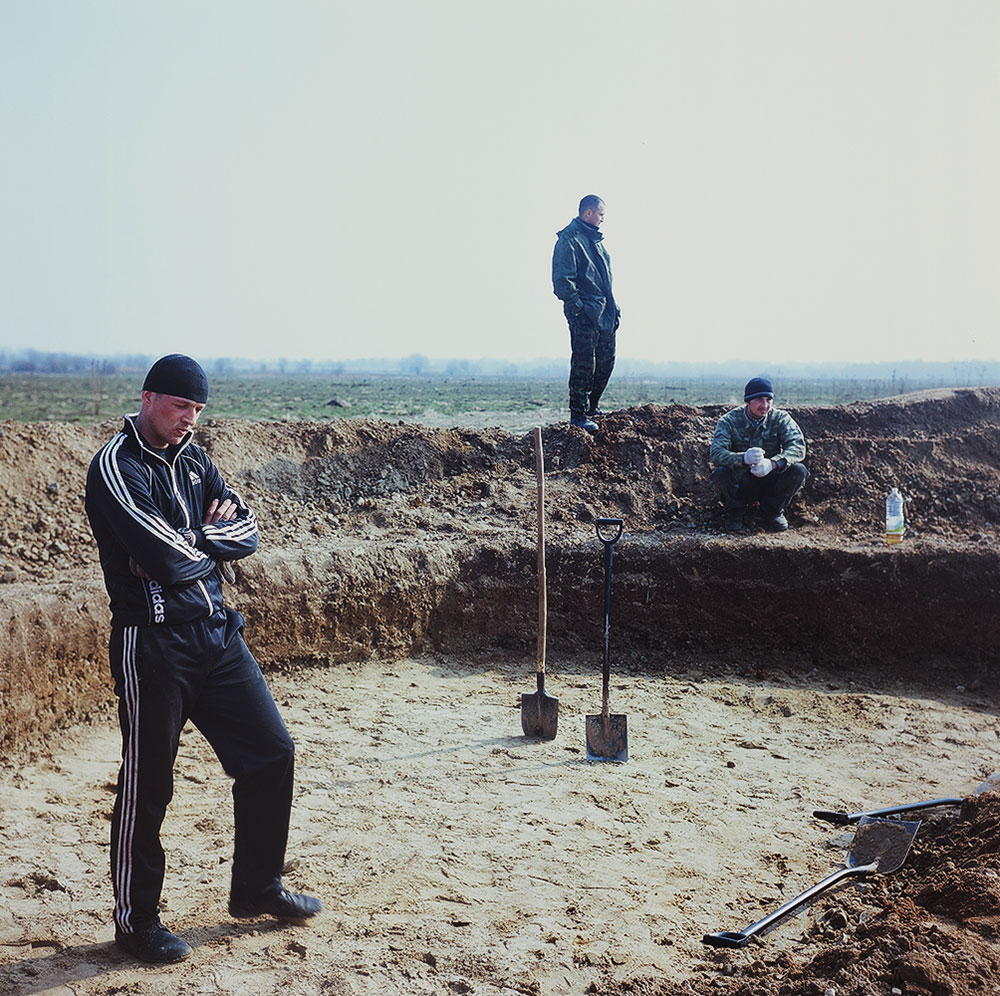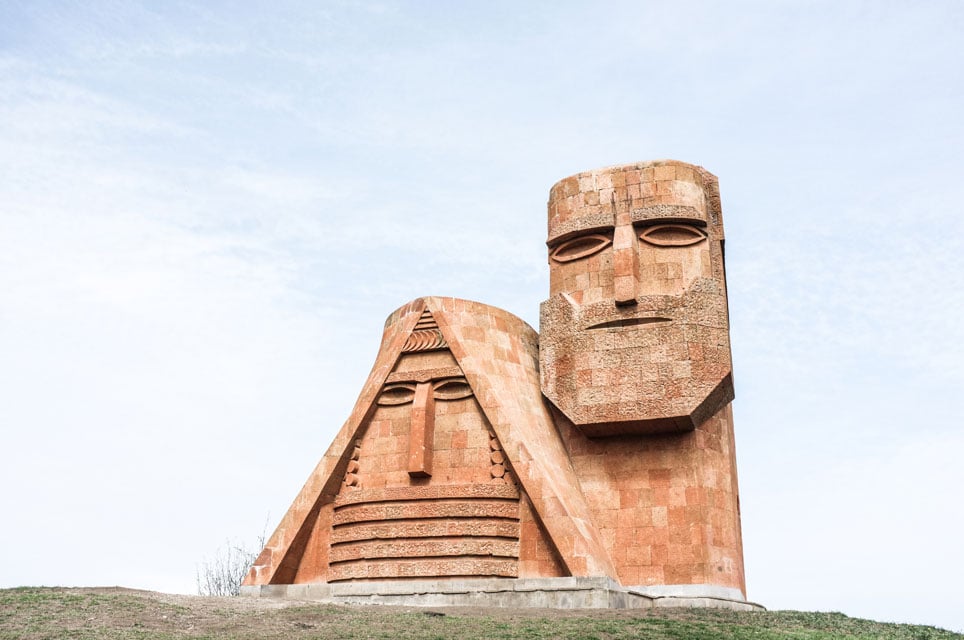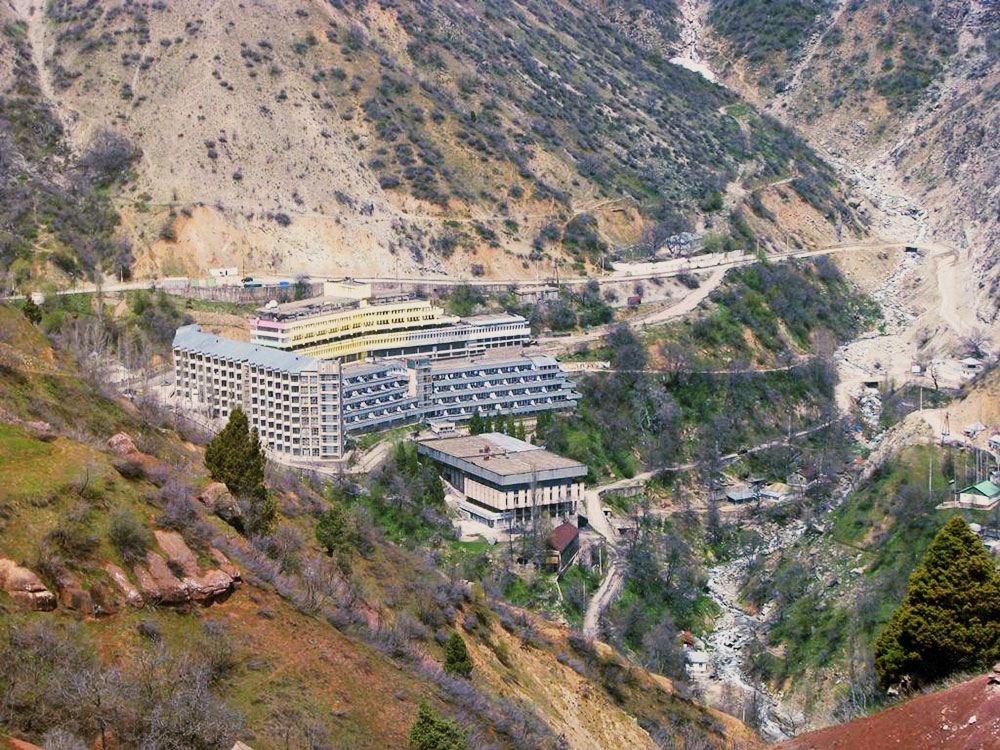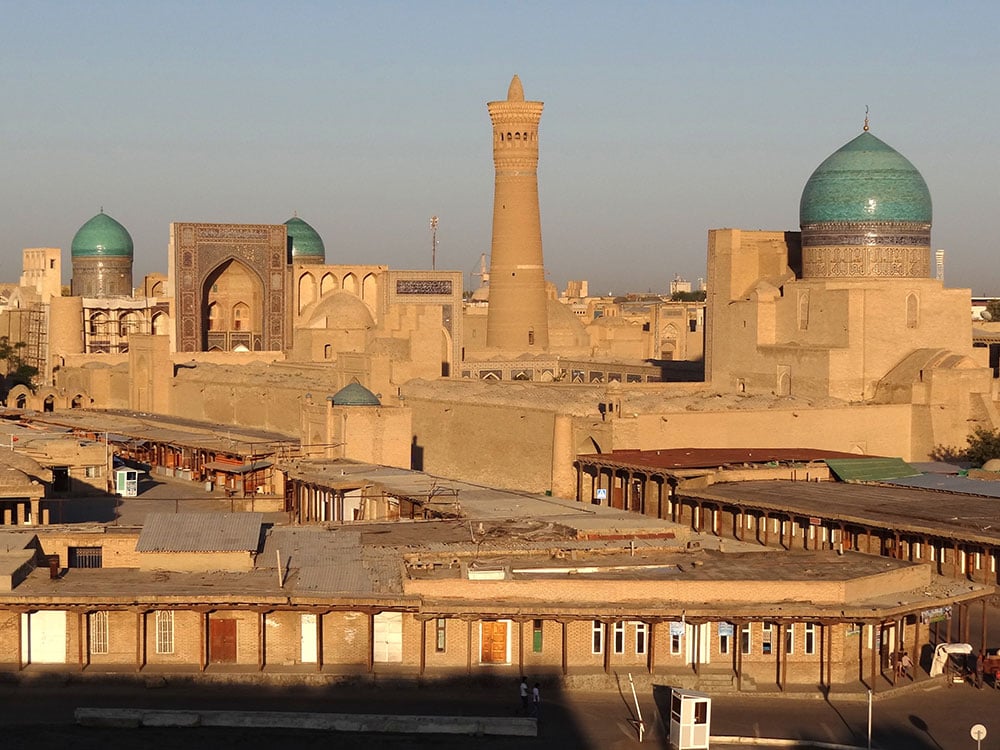Rich seam: in search of amber, Kaliningrad’s famous yellow stone
Unlikely Escapes in the New EastIan Evtushenko had always been fascinated by amber, so he went to the small Russian exclave that is home to most of the world's deposits
Together with malachite, amber was one of the most popular stones for jewellery in the USSR: unpretentious, cheap to manufacture, and obtainable internally, from the Kaliningrad region. Therefore, my Soviet sideboard — like thousands of sideboards in every Soviet republic — kept amber treasures in its depths.
The proud golden shine of the yellow stone faded in the 1990s, when foreign semi-precious stones poured into the country. If only a few could afford conventional diamonds and sapphires in the rebuilding years, then their analogues, whether rhinestones or zirconium, found their popularity in the Stakhanovite era. Amber, which is really a fossilized tree resin, lost its appeal to these radiant gemstones but it still enchanted me; the very fact that I was holding such antiquity in my hands has enthralled me since childhood. I desperately wanted to find out how amber is extracted.
So when an opportunity to travel to Kaliningrad arrived, I made sure to book a tour of its amber mines, which open for amber-harvesting season in early spring. The Kaliningrad region in Russia holds 95% of the world’s amber. It is here that amber is extracted from the depths of the sea and the bowels of the earth. My excursion started in a tiny amber museum on the territory of an industrial plant, where I was greeted by a mosaic, made up of small pieces of yellow stone. It read: “Russia’s natural resources: gas, oil and amber”. This work — made by a local schoolgirl — amused many of the visitors who passed through the museum’s doors. Of course, amber is far from the country’s main export. What the sign did reflect was the patriotism of the people of Kaliningrad. Stepping out of Khrabrovo airport, you will find market stalls with vendors pushing amber down your throat. During my trip, I caught sight not only of restaurants but spas and even a driving course all named in honour of the local treasure.
I caught sight not only of restaurants but spas and even a driving course all named in honour of the local treasure
The place where I stayed was, this being no surprise, a village also called Yantarny (yantar meaning amber in Russian.) This former fishing village was founded by Germans in 1654. Amber deposits were discovered here in the 19th century, when the fishermen hung up their nets, and the whole town became preoccupied with amber mining. Over the three days of my visit I had not seen one high-rise building: a contrast with the paneled communal apartment blocks you find across Russia and in the city of Kaliningrad itself, which is situated only 40 kilometres away. There are still plenty of quaint German houses here — with bright tiles, neat facades, and little windows. Similar houses have begun to spring up as locals continue the architectural tradition, despite the fact that there hasn’t been a German population in Yantarny in over 70 years. Among the village’s main landmarks is an old German church, now Orthodox, and a statue of a mermaid, who cries beads of amber.
Yantarny is quite different to the neighbouring Svetlogorsk, a village of similar size situated nearby — the latter appears like a small town from a stage set, where tourists idly wander along the coastal promenade. Yantarny, on the other hand, seems a little neglected, and perhaps, as a result, more authentic. However, I was wondering through town during working hours, when a large part of its 5000 inhabitants are at work at the amber factory.
The largest deposits of the yellow stone are in the Palmnicken area, and the lion’s share of it comes from a coastal quarry, which was brought into production 40 years ago, and where I headed to next. A wonderful view opens up from the height of the inspection platform at the quarry — a stretch of pyramids made up of processed soil while, in the backdrop, the cornflower-blue Baltic Sea meets and blends into the boundless blue sky above. Somewhere, in the valleys of this sandy Martian landscape are silhouettes of people, gathering around huge green machines, referred to as “walking excavators”.
When our group descended to the quarry floor in a heavy-duty truck, the picture changed drastically. No trace remains of the yellow pastoral scene — the grey earth under one’s feet is more reminiscent of Mordor than the surface of a distant planet. Then, the sound: the earth shook violently under the stomping of the 700-ton excavator, and it felt as though your internal organs were shaking too. The average depth of the amber rock bed (referred to as “blue clay” in professional slang) is 50 metres. Just as the excavator’s bucket reaches the mighty rock bed, the soil is washed away with the help of a water jet, and a muddy stream of washed rock continues to the processing zone. The only obstacle in its way is a team of miners who retrieve the yellow stone from the stream using nets.
They say that all the locals gather on the shore to collect the ancient stones as they are washed up by the surf
The value of amber is dependent on its size — the Polish newspaper Rzeczpospolita writes that a raw piece of 50-100 grams in weight now fetches over $6000. However, this can also vary depending on the export restrictions of each region. Naturally, amber’s high value attracts illegal miners. It so happened that our guide invited us on a police raid, to which I immediately agreed. Who can turn down a good chase?
However, when we arrived at the crime scene, the adrenalin of the hunt had dissipated. The illegal diggers were unhurriedly pacing between the evenly dug pits and the police officers approached them without hesitation. There is additional irony in the fact that the land that we were standing on belonged to the Russian car factory Avtotor, and that many of the diggers are its former employees, casualties of the recession. In any case, in the eyes of the law, amber is not a precious stone, and so the only punitive measures for the illegal diggers are administrative fines: 2,000 rubles (around $30) for the first time, and 5,000 rubles (around $75) plus confiscation for repeat offences. For a potential yield of $10,000 per dig, the fines are more than worth it.
One of the last stops on my excursion is the workshop of Emelyanov & Sons, a furniture company known far beyond the borders of Kaliningrad. These craftsmen have been working with amber for 20 years, manufacturing the finest specimens of furniture, which have adorned many of the world’s museums — from the Milan Expo and the Louvre to the salons of Abu Dhabi.
According to one of Emelyanov’s sons, they have spent decades perfecting a technique to incorporate amber into wood. This is near enough an impossible task: wood changes form according to temperature and humidity, and can ruin the valuable stone. “We repeatedly have offers to sell our method, and even one offer to open a factory in Italy. But it doesn’t seem right to us. This stone is created here, and so it should be worked with here,” Aleksandr Emelyanov explains.
Among the display pieces in their studio are tables which look as if they have been covered with liquid gold, oriental panels with 3-D effects created from four types of amber, and clocks made from thousand-year-old stained oak and amber that could have come from a Dali painting.
As I leave for the airport the following morning, I cast a glance at the view. The boundless, calm sea, the yellow crop fields, the little houses and the windmills are all painted in the golden light of the sunrise, that recalls the colour of the stone. I don’t know if an amber rush will overwhelm the country in the near future, but the locals’ attachment to amber suits this place well, and brings out its beauty.
It’s only a shame that in the few days I spent in Yantarny there was no storm —when there is, they say that all the locals gather on the shore to collect the ancient stones as they are washed up by the surf.
